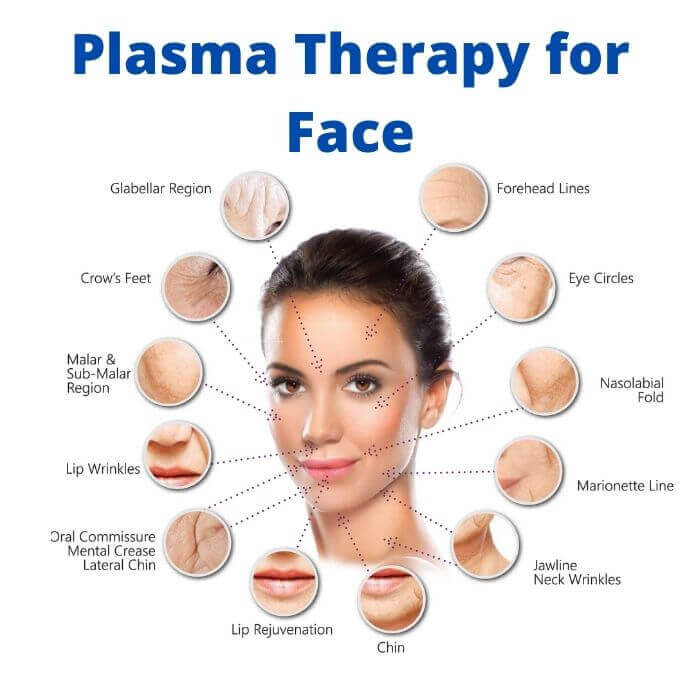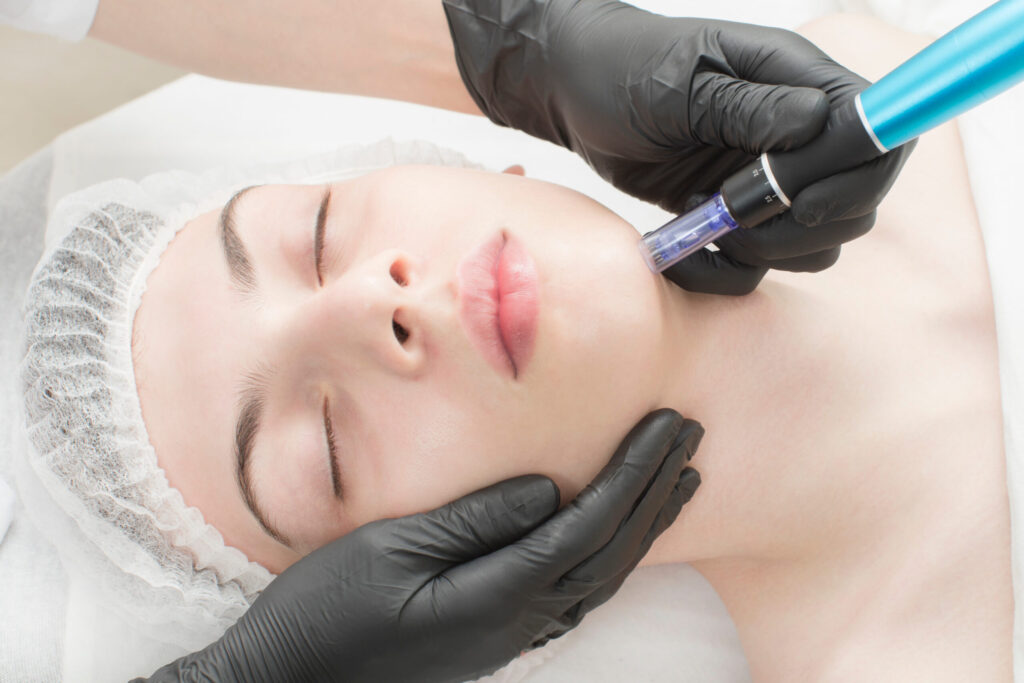
PRP (Platelet-Rich Plasma), is a medical procedure commonly used in the field of dermatology and aesthetics to improve the appearance and health of the skin. PRP can be applied to the face and is often referred to as “PRP facial” or “vampire facial.” Here’s what you need to know about this procedure:
What is PRP for the Face (PRP Facial)?
PRP for the face involves the use of your own blood to rejuvenate and improve the quality of your skin. It is completely painless and natural procedure that has gained popularity for its ability to address various skin concerns. The procedure typically consists of the following steps:
- Blood Collection: A small amount of your blood is drawn, usually from your arm, similar to a regular blood test.
- Centrifugation: The collected blood is then placed in a centrifuge machine, which separates the platelet-rich plasma from the rest of the blood components. This concentrated PRP is rich in growth factors and healing properties.
- PRP Application: The PRP is applied to the face using micro-needling. Micro-needling is a technique that creates tiny, controlled injuries to the skin to stimulate collagen production and improve the absorption of PRP.

Benefits of PRP for the Face:
PRP for the face is known for its potential benefits, which may include:
- Skin Rejuvenation: PRP can help improve skin texture, tone, and elasticity, resulting in a more youthful glow.
- Reduced Fine Lines and Wrinkles: It may reduce the appearance of fine lines and wrinkles.
- Acne Scar Improvement: PRP can be beneficial in diminishing the appearance of acne scars.
- Enhanced Skin Healing: PRP promotes the body’s natural healing processes, which can accelerate recovery after the procedure.
- Natural Results: Since PRP uses your body’s own blood, it is considered a natural and safe approach to skincare.
- Minimal Downtime: The recovery period is usually minimal, with some redness and swelling that typically subsides within a few days.
Is PRP Facial Right for You?
PRP facial treatments are generally safe and suitable for most skin types. However, it’s essential to consult with Dr. Amit Tanajirao Suryawanshi (MDS) to determine if it’s the right option for you.